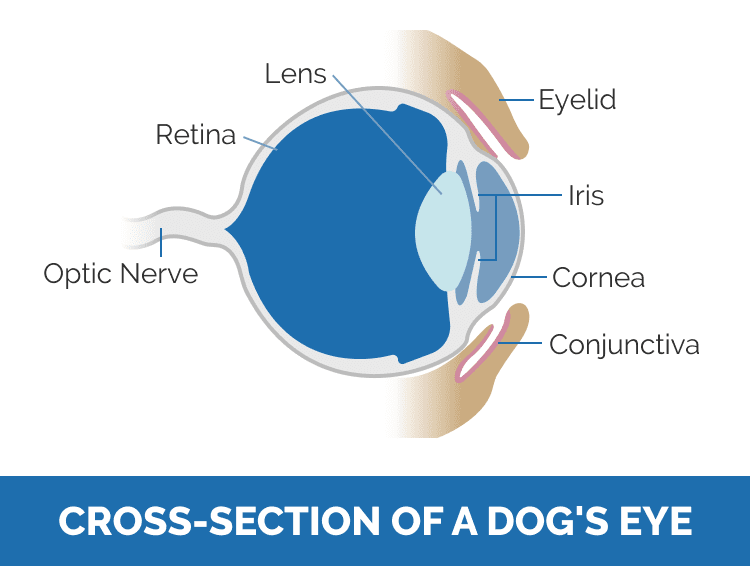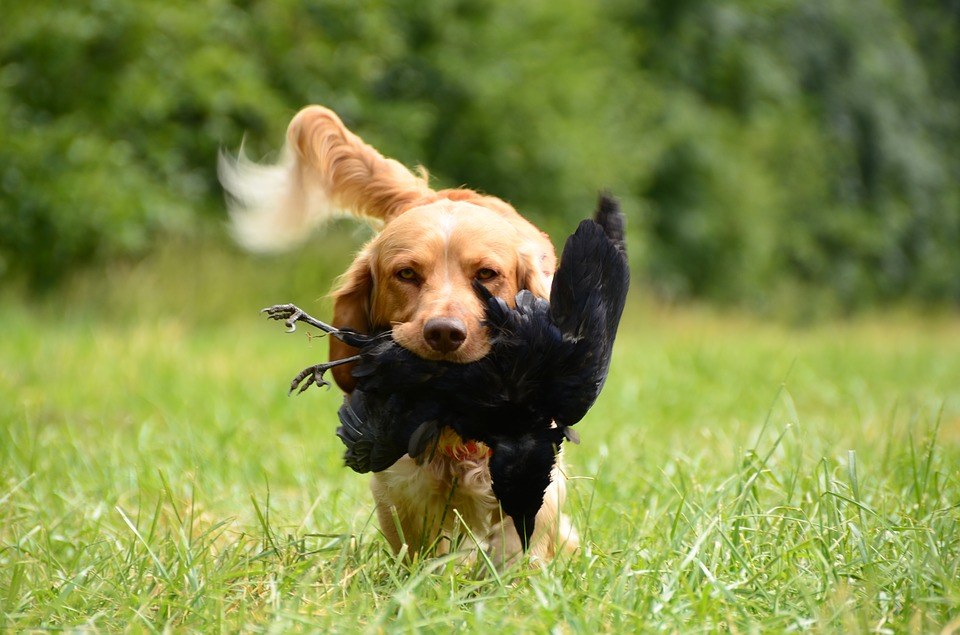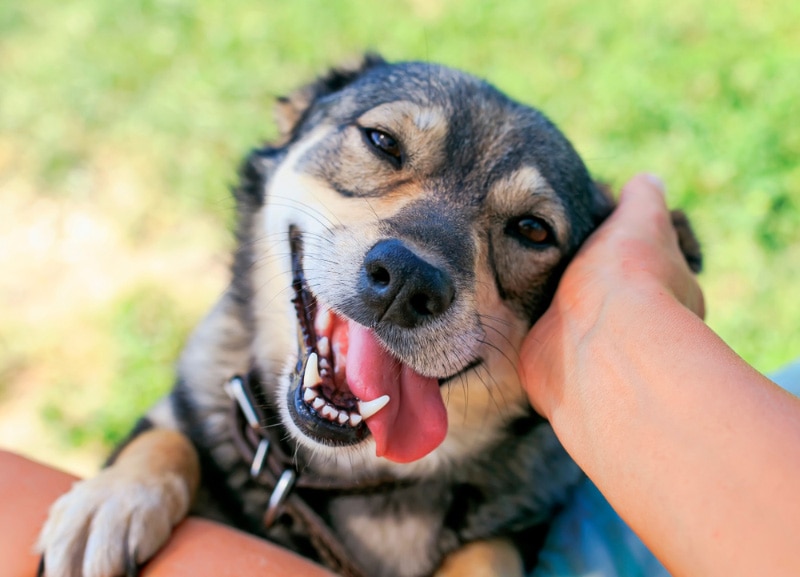Are Dogs Colorblind? Vet-Approved Facts
Updated on

The fact that dogs are color blind is one of those bits of trivia that everyone knows, but did you ever stop to wonder if it was really true? As it turns out, it’s one of those “facts” that’s quite misleading.
The real fact is that dogs have dichromatic vision. That means that they do not see the world in black and white; they can see in color, but their color vision is not as rich as ours. We will explain why dogs could be considered color blind, but only in the human sense of the world. As it usually is, the truth is a bit more complicated than that, so let’s take a deeper look at how your pup actually views the world.
What Does It Mean to Be Color Blind?
It’s important to understand that any discussion of an animal’s sense of color will come from a place of bias, as we instinctively judge them against how we see the world.
Photoreceptors are the light-sensitive cells located in the retina at the back of the eye and are essential for vision. There are two types of photoreceptors: cones and rods. Color perception begins with the absorption of light by cones. Humans have three types of cones, which means they have trichromatic color vision. When a human is considered to be color blind, that typically means there’s a defect in one of their three types of cones, so they see the world with only two functioning cone populations. They have dichromatic vision.
Dogs, on the other hand, only have two types of cone receptors in their eyes, so they are considered dichromatic. That means that a normal dog’s vision would be somehow analogous to a colorblind human’s eyesight. In that sense, then, one could say that dogs are color blind.
That doesn’t mean that a dog’s vision is inferior to ours, though — that would be a biased way of looking at the situation. In lieu of a third type of cone photoreceptor, dogs have rod-dominated retinas that let them see much better in low light conditions, while also giving them superior motion-tracking abilities.
Also, dogs don’t rely strictly on color the same way that humans do. Instead, they use other cues, such as brightness and position, to give them information about a given situation. It’s worth noting that a dog will use visual cues to supplement their sense of smell rather than as a primary means of interacting with the world, whereas humans are much more visually-based creatures.

How Do Dogs See Color?
Color blindness means color vision deficiency, and there are three types in humans. Red-green is the most common, but there’s also blue-yellow and complete color blindness. In the first type, affected individuals have difficulty telling the difference between red and green.
There are also varying degrees of each type of color blindness; some people have mild color blindness that makes the two colors look slightly similar, while people with more severe issues are completely unable to tell the difference between the shades.
Dogs, on the other hand, can only see yellow and blue, which oddly enough, makes them see the world in a similar way to how a red-green color-blind person sees it. While dogs can tell the difference between yellow and blue quite well, they struggle with red and green.
Red and green tend to get blended into brown or gray, giving the world a much more muted feel than what non-colorblind humans experience. They won’t see the same vivid contrast that such humans do, but they’ll still see many of the same colors.
Fun Facts About Canine Vision
Dogs’ vision differs from that of humans in more than just color perception. They’re also more likely to key in on movement and have a much wider field of vision. On the other hand, they may struggle with depth perception and seeing at a distance.
Unlike humans, who have eyes set straight forward on their heads, dogs have their eyes laterally placed. This gives them better peripheral vision with a smaller blind spot, but it also compromises their depth perception because their binocular vision area is smaller.
Most dogs see at a distance as clearly as humans do either. While the visual acuity of a human with normal vision is 20/20, most dogs’ visual acuity is around 20/75. This means a dog can only see something at 20 feet that a typical human can spot standing 75 feet away.
However, that just means they can’t see detail at a distance — they’re still fantastic at spotting motion. While they couldn’t read an eye chart from 75 feet away (or at all — they’re dogs, after all), they would likely notice another animal running by at that distance.
What Does Colorblindness Mean for You and Your Dog?
Knowing how your dog sees the world is more than just a fun bit of trivia. It can also inform how you can play with and train them most effectively.
If you realize that they see yellow and blue better than red and green, for example, you can use toys that are in that color pattern. Your dog may find it easier to retrieve a blue and yellow ball than a red and green one. If you’re trying to teach them to retrieve something, it makes sense to make things easier for them rather than more difficult.
Also, keep in mind that your dog does better with motion than with stationary objects, so while they may not see the ball lying in the grass in the same way as you do, they will have a much better chance of spotting it if you kick it through the yard. And if you try playing in low light conditions, you’ll be amazed at what your dog is able to see!

Conclusion
Knowing how your dog sees the world will give you a better appreciation for their behavior, and that includes understanding their ability to process color. Not only will this help you play with them better, but it will also improve your ability to train them.
This information may not be a complete game-changer, but it can help you process a few of the things that they do.
Related Read:
Featured Image Credit: Mattia Marasco, Shutterstock













